Exhibition
1. Beginnings to Gutai: New forms of expression using a novel material
Within the Gutai Art Association championed abstract art, such as was Matsutani's however, he did make sensual allusions and associations—that stood out as unique. He sought to create a form of expression derived from both form and material that speaks of sensuality, vitality, time, movement, and invisible forces. This was Matsutani's starting point, and it was a theme that he would continue to explore throughout his life, changing its shape little by little.

1958
Collection of the artist
Courtesy the artist
©Takesada Matsutani
Photo: Kaoru Minamino

1963
Himeji City Museum of Art
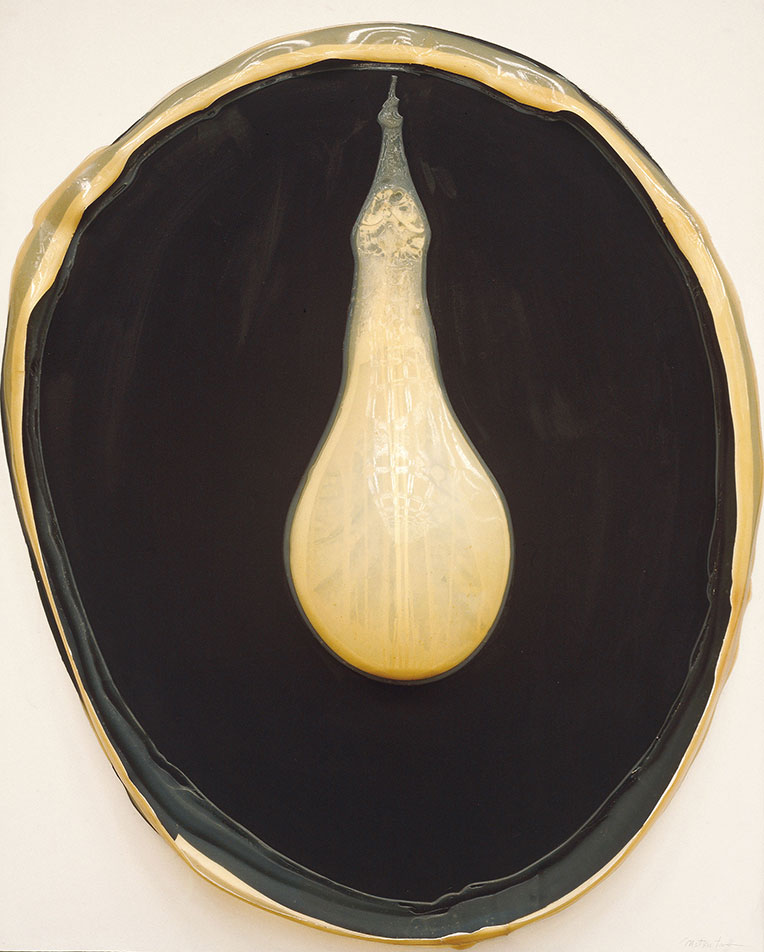
1966
The Miyagi Museum of Art
2. Early Paris period: Printmaking. Shift from exploration of space and time to hard-edged expression
In 1966, Matsutani moved to Paris there he joined Stanley William Hayter's printmaking studio, Atelier 17, where artists from all over the world gathered. Eventually he became Hayter’s assistant. He explored how to grasp the important motifs of the images that fundamentally guided his work to express them on the flat surface of prints, encompassing space and time. Gradually he shifted to a hard-edged expression characterised by geometric and organic, forms and vivid colours.
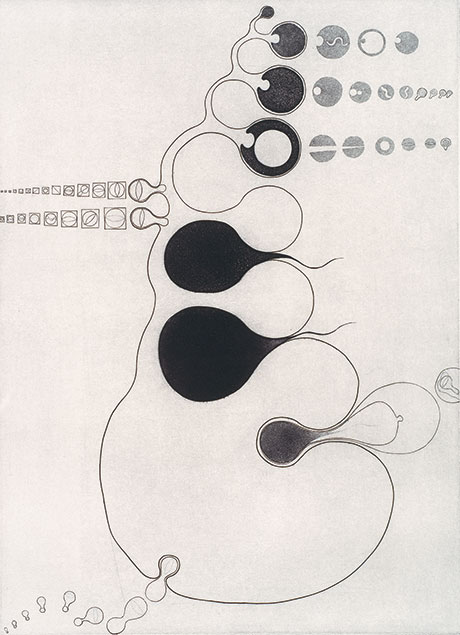
1967
Ashiya City Museum of Art & History
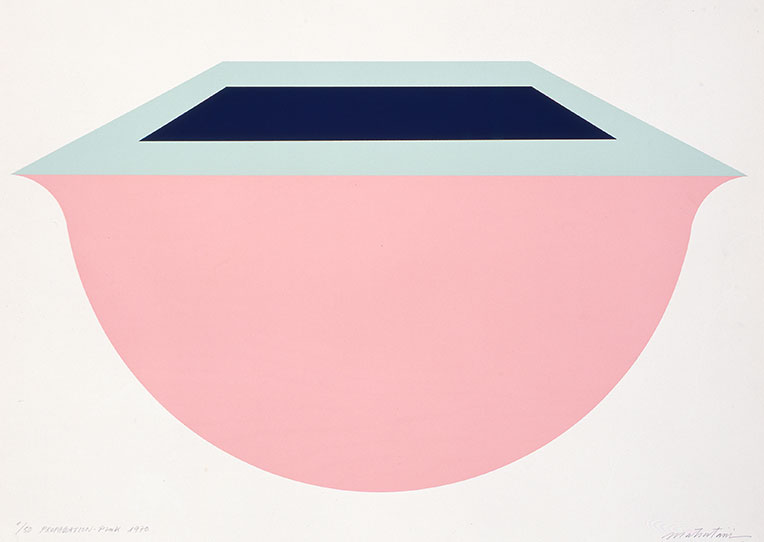
1970
Ashiya City Museum of Art & History
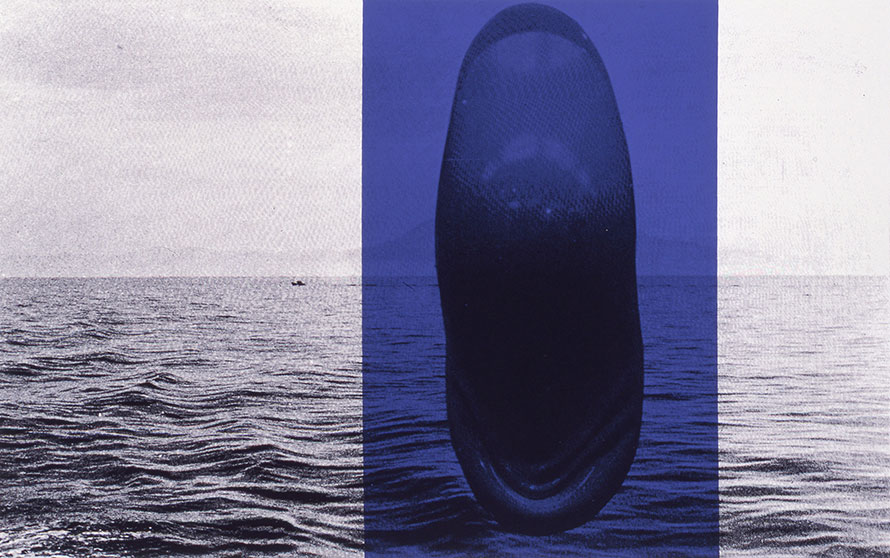
1978
Ashiya City Museum of Art & History
3. A fresh challenge in pencil and paper: Breaking new ground in the world of black
In the late 1970s Matsutani began a return to his creative roots, using familiar materials such as pencil and paper. Eventually, he established a form of expression that fills the paper with black strokes, engendering a representation of biological time. He also revisited organic forms made from vinyl adhesive, breaking new ground in his black pencil stroke works. With a trajectory potentially stretching to infinity, the theme of “stream” became increasingly important. From this point onwards, Matsutani has continued to produce a wide variety of works, coming and going between various series and motifs.
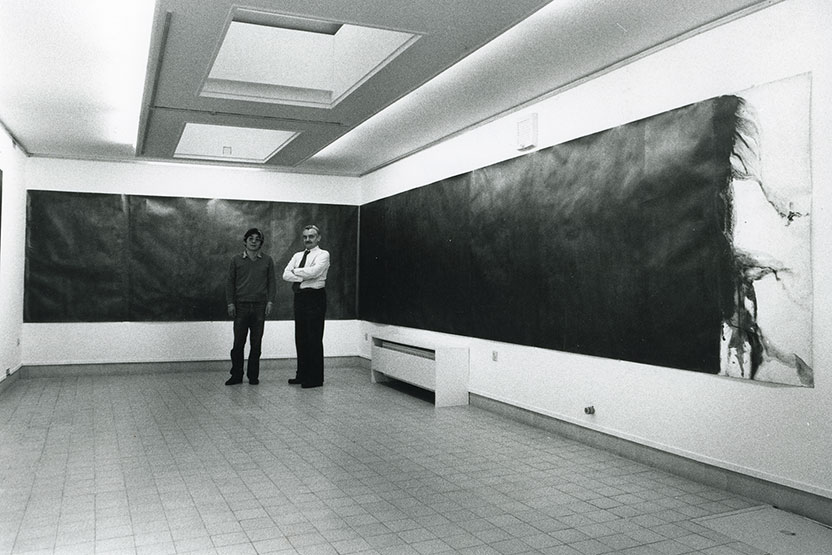
1982
at Gallery S65, Belgium, 1983
Museum of Contemporary Art Tokyo
©Takesada Matsutani archives
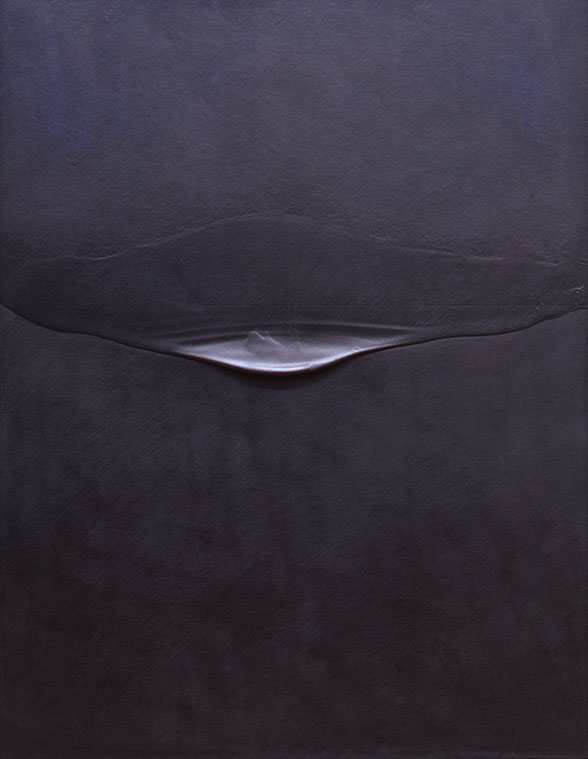
1985
Tokyo Opera City Art Gallery
Photo: Arata Saito
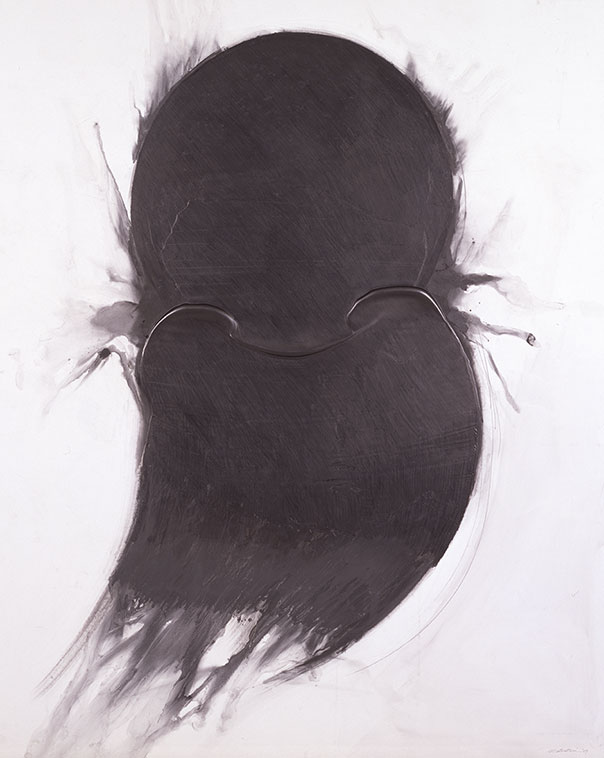
2009
The Museum of Modern Art, Kamakura & Hayama
4. Matsutani now: Free and unfettered, expanding his range of expression
In recent years, Matsutani has not adhered to any single technique or form of expression, and his work has become increasingly free and expansive, combining boldness with subtle delicacy. Inspired by the things and sensations he encounters every day, his works become a diary. He continues to use his own body and all his senses to create works full of fresh discoveries and surprises.
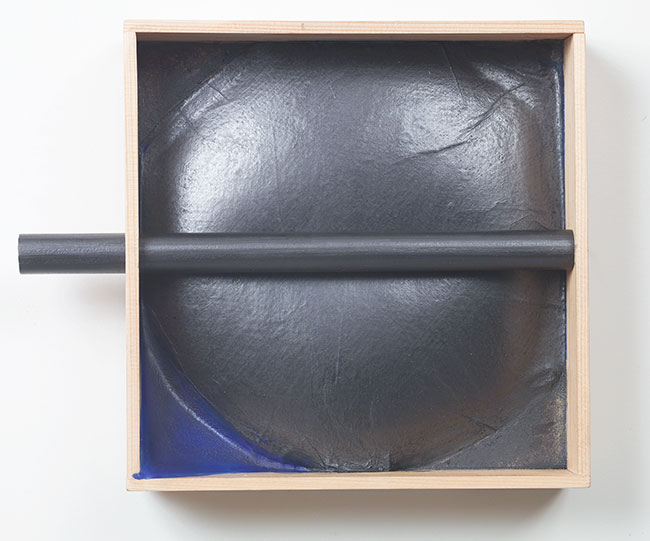
2010
Collection of the artist
Courtesy the artist and Hauser & Wirth
©Takesada Matsutani
Photo: Marc Domage

2023
Collection of the artist
Courtesy the artist and Hauser & Wirth
©Takesada Matsutani
Photo: Nicolas Brasseur
5. Sketchbooks, production journals, drawings: Initial ideas provide a look behind Matsutani’s work
Matsutani’s unpublished sketchbooks, production journals, drawings, and more will be on display. The exhibition delves into the background behind Matsutani’s work, shedding light on his interests at each stage of his career, as well as the consistent interests that underpin his diverse practice.
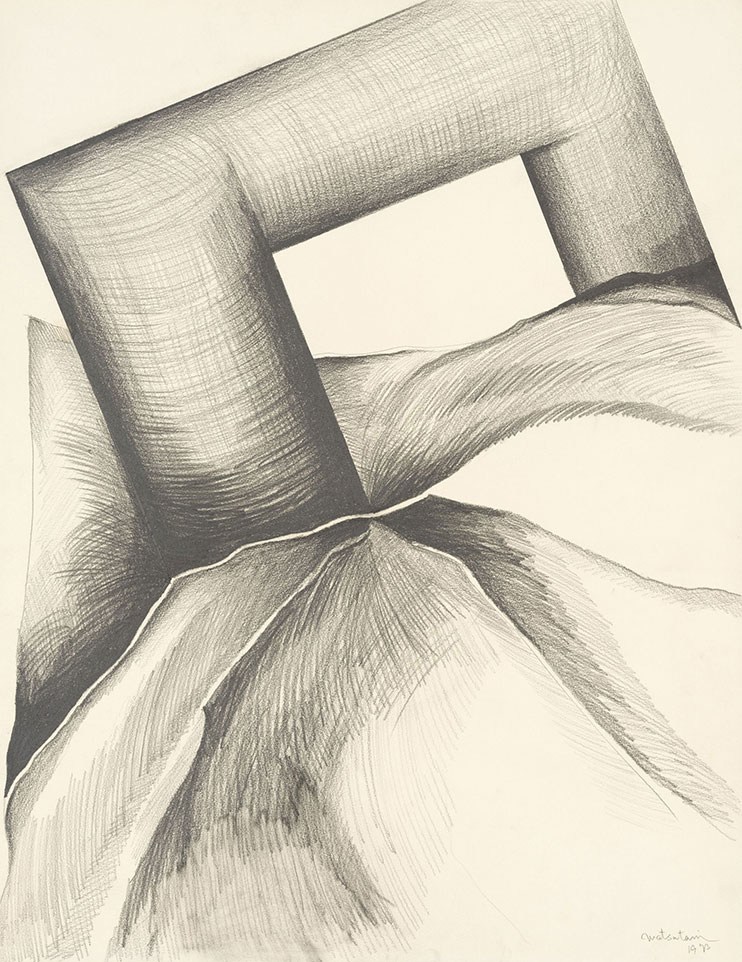
1973
Collection of the artist
Courtesy the artist and Hauser & Wirth
©Takesada Matsutani
Photo: Nicolas Brasseur
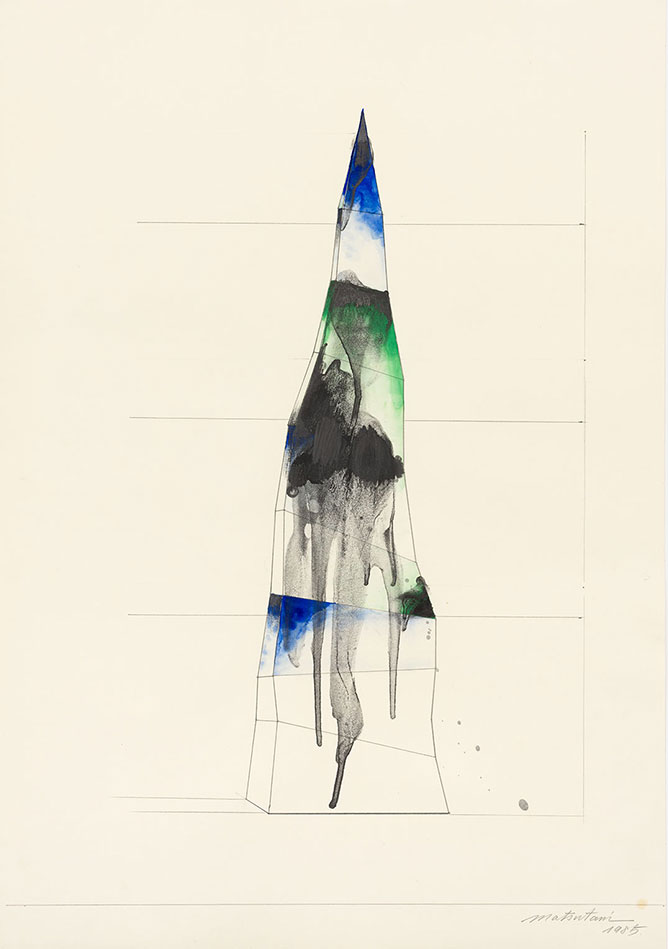
1985
Collection of the artist
Courtesy the artist and Hauser & Wirth
©Takesada Matsutani
Photo: Nicolas Brasseu
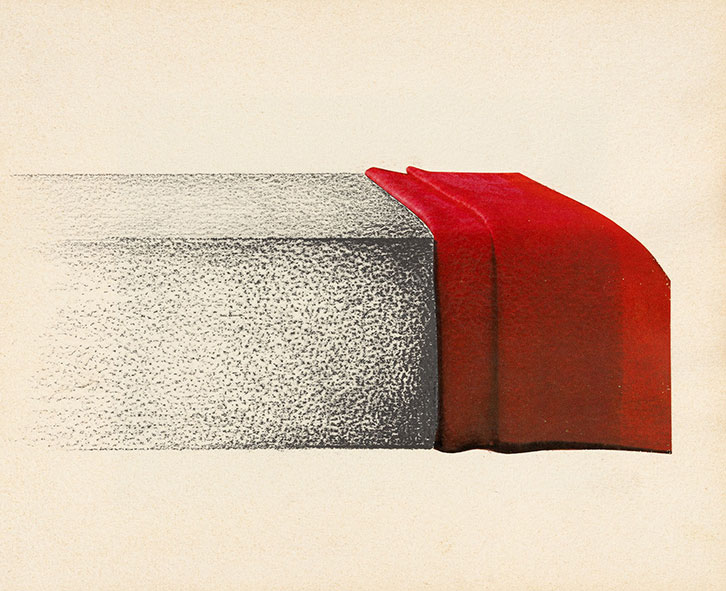
c.1984
Collection of the artist
Courtesy the artist and Hauser & Wirth
©Takesada Matsutani
Photo: Nicolas Brasseur
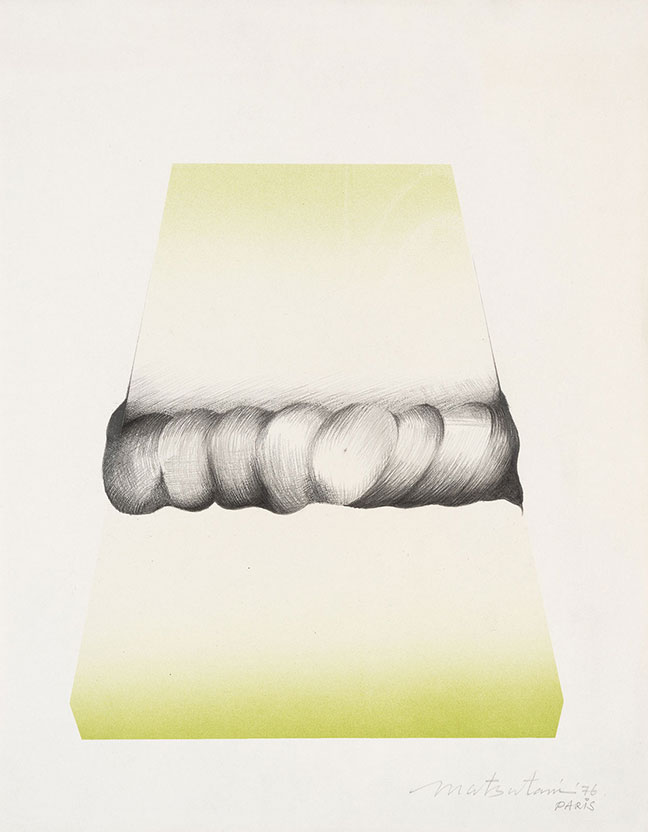
1976
Collection of the artist
Courtesy the artist and Hauser & Wirth
©Takesada Matsutani
Photo: Nicolas Brasseur
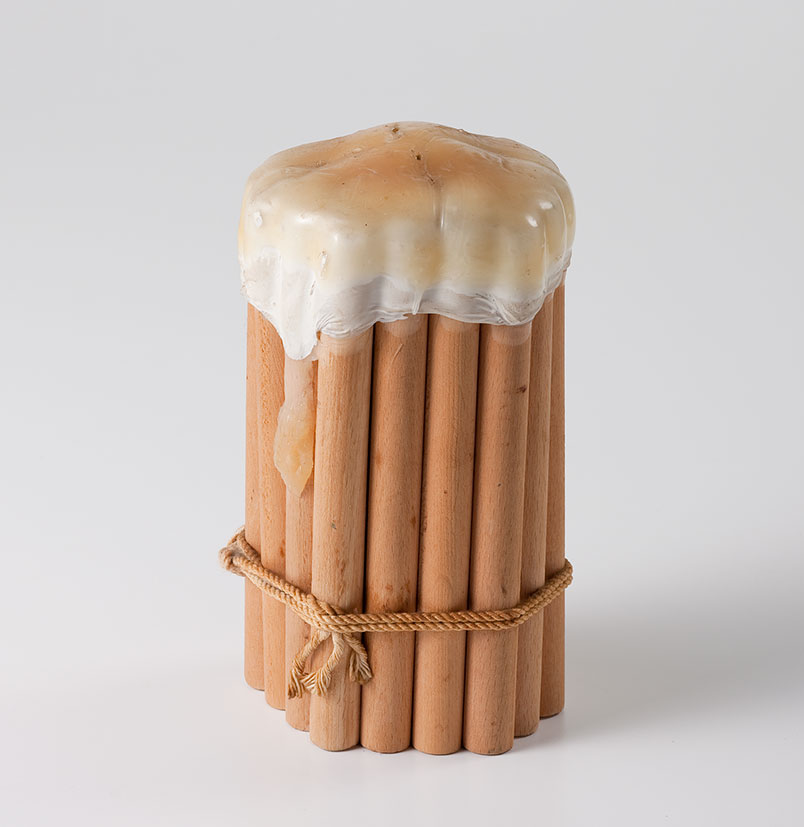
1975
The Museum of Modern Art, Wakayama
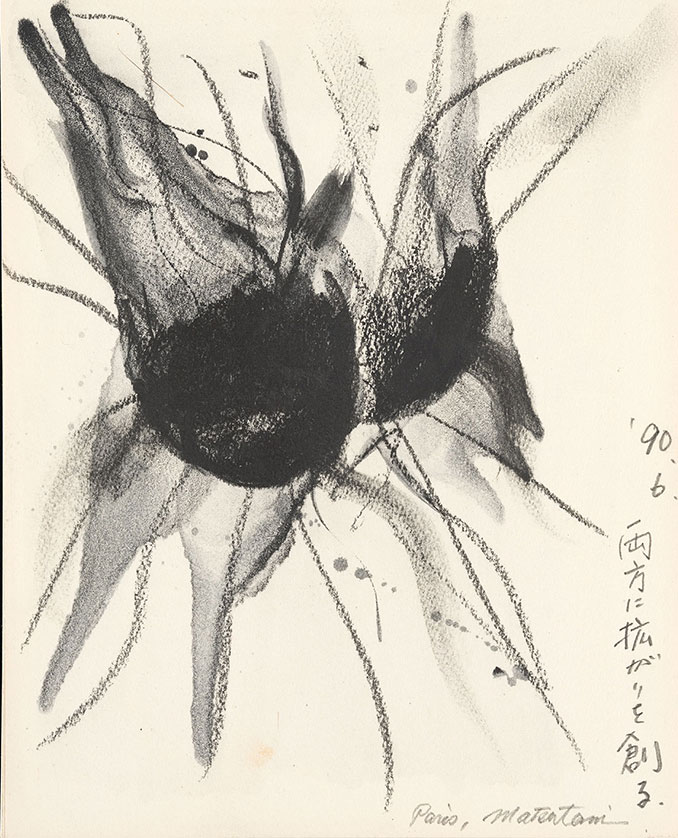
1990
Collection of the artist
Courtesy the artist and Hauser & Wirth
©Takesada Matsutani
Photo: Nicolas Brasseur




